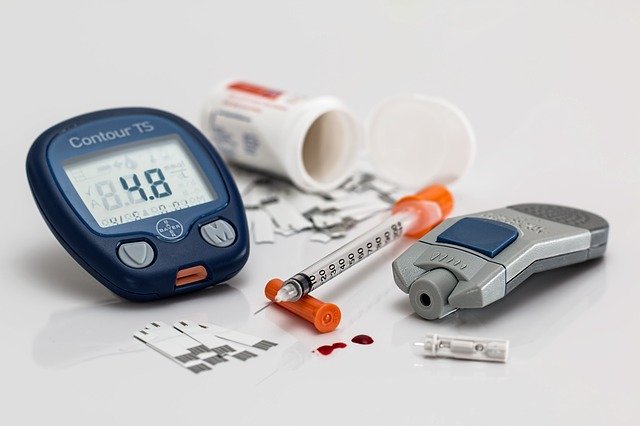
In a new study, researchers found that a cancer-fighting compound they discovered some years ago might also reduce body fat and help fight obesity and diabetes.
Although the compound G-1 is currently in phase 1 clinical trials for cancer, the researchers are planning preclinical studies to use G-1 to fight fat in obese people.
Obesity affects 40% of adults in the United States, resulting in health conditions that include heart disease, high blood pressure, type 2 diabetes, and some cancers.
According to the U.S. Centers for Disease Control and Prevention, obesity and its related conditions far outweigh other causes of death.
Current drugs for obesity don’t effectively reduce it or have undesirable side effects.
The team has been studying GPER, the G protein-coupled estrogen receptor that G-1 activates, because GPER affects certain breast cancer cells.
When breast cancer drugs like tamoxifen and fulvestrant block estrogen receptors in a cell’s nucleus, they also activate GPER, which is found in cell membranes.
The team’s previous studies showed that GPER may play a role in resistance to tamoxifen and similar drugs.
Estrogen is considered a female hormone, although men produce it at low levels.
Low estrogen in women is a hallmark of menopause, and postmenopausal women also have higher rates of heart disease, high blood pressure, obesity, and diabetes.
So to understand whether G-1 might affect metabolism in postmenopausal women, Prossnitz and his team studied mice with low estrogen levels.
In their new research, the researchers treated these obese female mice with G-1 and found the mice lost weight and their diabetes went away.
They determined that the weight loss resulted from what their bodies did with the calories they ate. Instead of storing calories as fat, the mice used them as fuel.
Basically, their metabolism changed. The mice showed increased energy expenditure.
The team also studied male mice, which have naturally low levels of estrogen. Although the treated mice did not lose weight, they did not gain additional weight either, like the untreated mice. More importantly, their diabetes improved.
The findings suggest that G-1 has separate effects on obesity and diabetes.
To learn about how G-1 increases energy expenditure, the team studied brown fat cells, which generate heat instead of storing excess calories as fat. What they found surprised them: when treated with G-1, the cells expended more energy.
The team is starting the long path toward clinical trials that will test the ability G-1 to fight obesity and diabetes in people.
They hope that one day soon G-1 could revolutionize the treatment of metabolic disorders.
The lead author of the study is Eric Prossnitz, Ph.D.
The study is published in Science Translational Medicine.
Copyright © 2019 Knowridge Science Report. All rights reserved.



